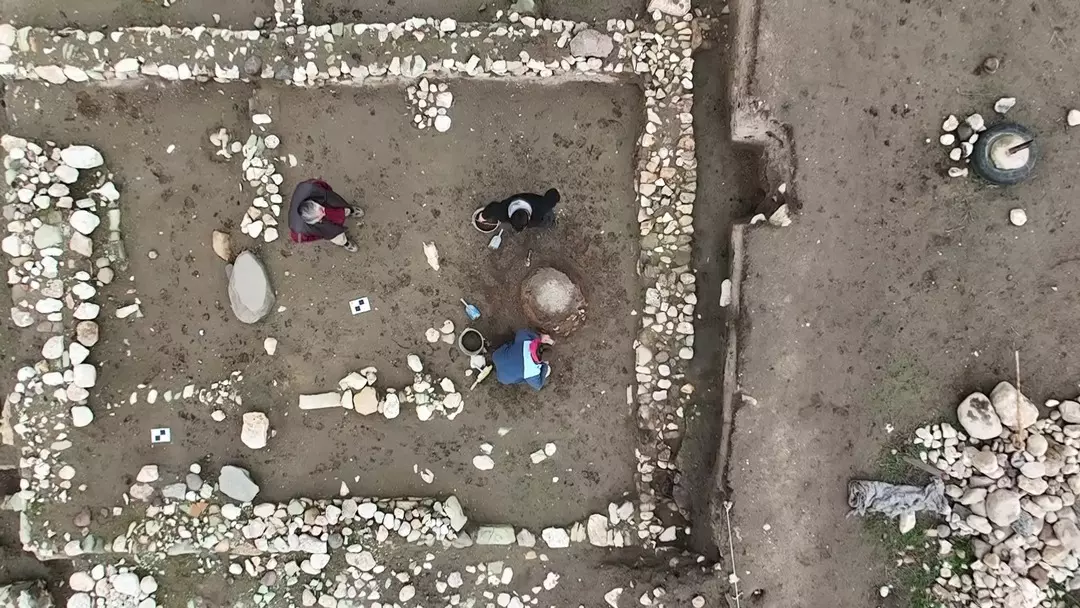The short-faced bears that once roamed North America belonged to the genus Arctodus. Two species were found on the continent during the Pleistocene- the lesser short-faced bear, Arctodus pristinus which predominantly lived during the early Pleistocene, and the giant short-faced bear, Arctodus simus, which predominantly lived towards the end of the Pleistocene. Both species likely overlapped with each other but Arctodus simus evolved from Arctodus pristinus.
The bears were similar in appearance to today's bears but considerably larger. The biggest was the giant short-faced bear which could grow up to 950 kilograms (or 2000 pounds) in weight, had a shoulder height of 1.6 meters (or 5.2 feet) and when standing on its hind legs could reach heights of 4 meters (or 13 feet). Although they are considered to have been omnivorous like many of today's bears, they are thought to be the largest carnivorous land mammals that ever lived.
Here, we ask the question, could short-faced bears survive nowadays?






